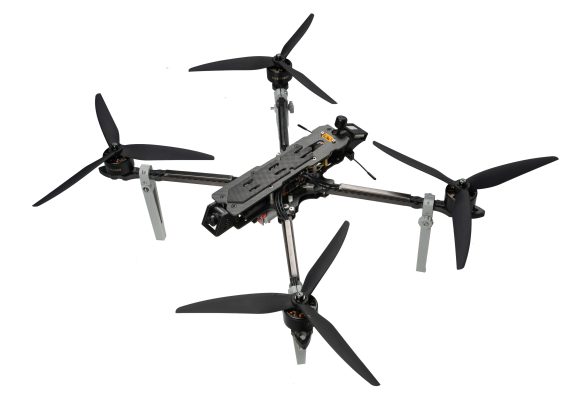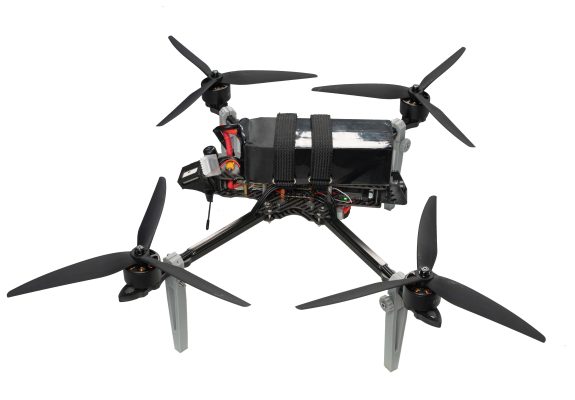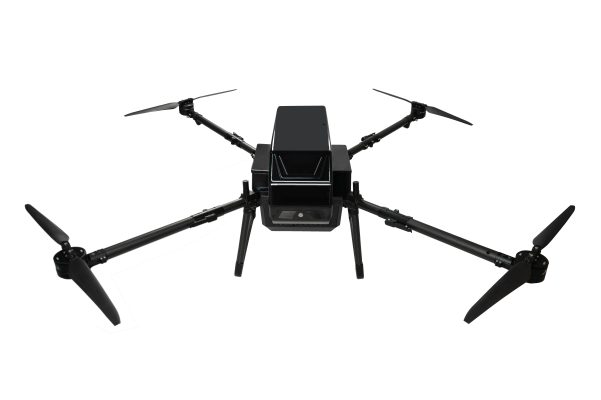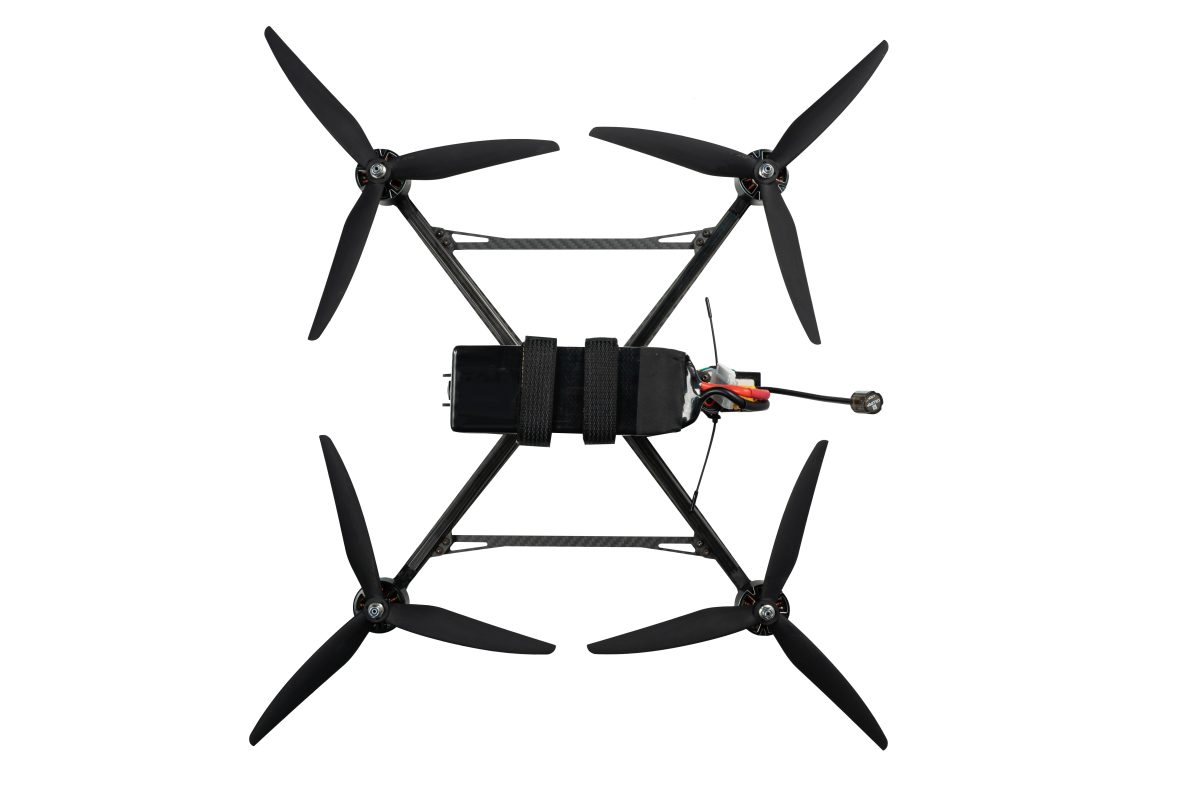Blog
FPV Drone Beginner Guide: How to Get Started?
Introduction
FPV (First-Person View) drones offer one of the most immersive flying experiences you can get. Unlike standard drones, FPV drones transmit live video from the drone’s onboard camera directly to your goggles, making you feel like you’re sitting in the cockpit. For beginners, the world of FPV can seem overwhelming — frames, flight controllers, goggles, VTX, simulators — where do you begin?
In this guide, we’ll break down the basic components, recommend beginner gear, and show you a safe path to take your first flight.

1. Understand the Core Components
Before you buy or build an FPV drone, it’s important to know the key parts that make it fly:
-
Frame: The body that holds everything together. Comes in different sizes (3″, 5″, 7″).
-
Motors + Propellers: Determine speed, control, and thrust. Bigger props = more power.
-
ESC (Electronic Speed Controller): Controls how fast each motor spins.
-
Flight Controller (FC): The “brain” of the drone that manages stabilization and movement.
-
Camera: Sends video feed in real-time.
-
VTX (Video Transmitter): Sends camera footage to your goggles.
-
FPV Goggles: Your view into the drone’s world.
-
Radio Transmitter & Receiver: Your remote control and the drone’s ears.
2. Analog vs Digital FPV
There are two types of video transmission systems:
-
Analog: Lower cost, lower latency, widely supported, but lower image quality.
-
Digital (like DJI): Clear HD footage, easier to understand for beginners, but more expensive.
For absolute beginners, analog might be a more budget-friendly way to learn. If you’re aiming for stunning footage and don’t mind spending more, digital is the way to go.
3. Start with a Simulator
Before flying a real drone, start with a simulator like Liftoff, Velocidrone, or DRL. These simulators let you practice flight physics, learn throttle control, and crash without consequences.
All you need is a USB-compatible transmitter (like Radiomaster Zorro or Taranis), and you’re ready to train indoors. A few hours a week can build your reflexes and save you from wrecking your first drone.

4. Best Beginner FPV Drone Kits
If you’re ready to move from simulation to reality, look into these beginner kits:
-
BetaFPV Cetus Pro Kit – Ideal for indoor flying and learning angle/horizon mode.
-
EMAX Tinyhawk III – Small, durable, and comes with goggles and controller.
-
GEPRC TinyGO – Digital version available, good for cinematic flying.
These kits are pre-bound and easy to set up, making them perfect for first-timers.
5. Tips for Your First Real Flight
-
Start in a wide open space with no wind.
-
Use angle mode (self-leveling) to start.
-
Keep your first battery sessions short — around 3–4 minutes.
-
Avoid flying near people, animals, or buildings.
-
Bring extra props — crashes are part of the game!
Conclusion
Getting into FPV drones can seem complex, but with the right knowledge and tools, it’s incredibly rewarding. Begin with a simulator, understand your gear, and choose a beginner-friendly setup. Don’t be afraid to crash — every pilot has! Enjoy the thrill, and welcome to the world of FPV.



